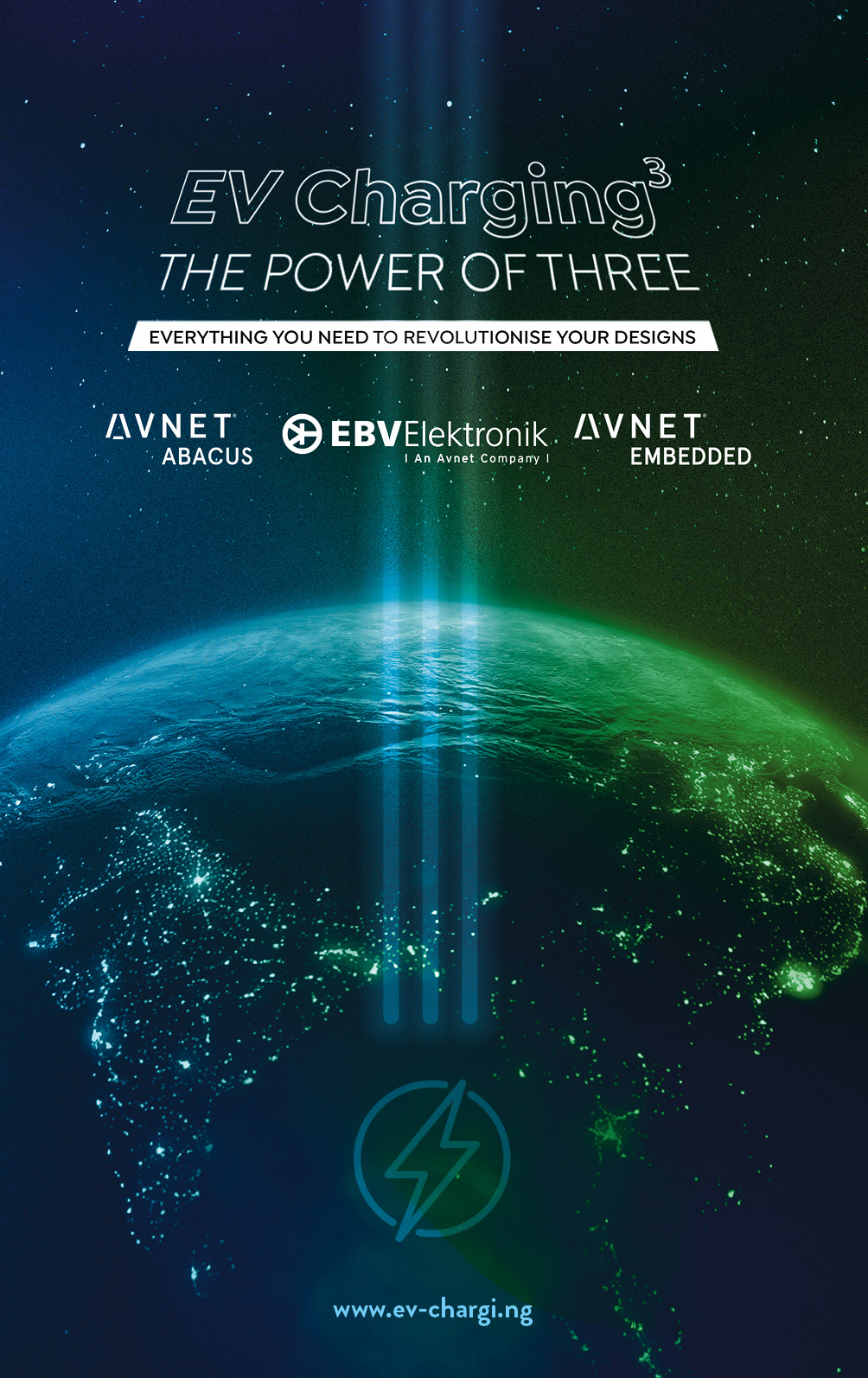Bruce Douglas is regarded as an experienced economist and has over 20 years of experience in promoting renewable energy and electrification. His mission is to electrify everything that can be electrified with clean and renewable energy. He is currently pursuing this goal as Director of Business Development and Communications at Eurelectric, the association representing the interests of the European electricity industry.
You are a proven expert on renewable energy systems, but Eurelectric also represents energy producers based on coal and nuclear power. A contradiction?
B. D.: The energy system in Europe and around the world is, of course, not only based on renewable energy. Although renewable energies have grown considerably in recent years and will continue to grow, there are, of course, other technologies in the mix – fossil fuels like gas and coal, and nuclear energy. In fact, 25 per cent of electricity currently comes from nuclear power. Many countries are also considering investing in new nuclear power plants. But it is precisely this interaction of circumstances and challenge that interests me. And, of course, how we can promote and accelerate the energy transition.
“Energy management must be implemented across all levels.”
You yourself drive an electric car. Where and how do you charge it?
B. D.: Yes, in my family we actually have two electric cars and I recently bought myself an electric bike. Many years ago, I was among the first to buy an electric car. Back then it was difficult to find a charging station, but nowadays I easily charge at home using the photovoltaic system on our roof.
Until recently, the automotive and electricity industries had very little to do with each other. But in the context of e-mobility, the two need to talk to one another – how can that be achieved?
B. D.: It’s a paradigm shift – for the transport sector as well as the energy sector. That’s why Eurelectric started an initiative called E-Vision a few years ago. The goal is to bring the sectors closer together, that is to say the car manufacturers, the charging infrastructure and the energy sector.
“Energy management is critical for putting electrification into practice.”
What impact will the massive increase in electric vehicles in Europe have on the electricity grid?
B. D.: We estimate that the electricity generation capacity will have to increase by 10 to 11 per cent by 2030, but the growth in EVs may also be a win for the electricity grid and could be helpful in grid operations. However, that will require some investment in the electricity grid.
In addition to the mobility sector, there are other sectors that are expected to be electrified – the heating sector for example. Will electric cars be competing with heat pumps in the future?
B. D.: In the future, heat pumps will be a dominant form of heating. We don’t see any problem with this. The increasing electricity demand can be managed through increased use of renewable energy, system management and greater investment in the grid infrastructure. We also believe there are close correlations between the demand-side elements, and this means that the charging of an electric vehicle or operation of a heat pump can be linked with the supply available in the electricity grid.
In the future, fast-charging stations will put further strain on the grid with their constantly increasing charging capacities. What will that mean?
B. D.: Currently, around 90 per cent of all charging processes are private. High-capacity fast charging will still only make up a small, albeit important, part of the market in the future. The problem with these fast-charging stations is the unpredictability of their usage, that is to say when and what power is required. Attempts are being made to estimate this using calculations. What’s more, fast-charging stations should not only be easily accessible from motorways, but should also be close to renewable energy generation centres or connecting to the grid should be easy. This means that lots of planning and system management is necessary.
How could the energy sector benefit from e-mobility?
B. D.: We’re talking about 100 million “mobile” batteries. The capacity of these batteries will be used, on average, only 5 per cent of the time. The other 95 per cent can therefore be used in intelligent ways to support the electricity grid. This would require a connection between the vehicle and the grid – the so-called vehicle-to-grid – although it is not yet commercially available. It comes at additional costs, but in the coming years these costs will be offset by the added value offered by this technology. With an energy management system, batteries could therefore be used for peak load usage. So, instead of switching on a gas turbine, energy could be drawn from the car batteries.
You’ve mentioned energy management. How important is that?
B. D.: Energy management is critical for putting electrification into practice. It must be implemented across all levels, meaning for the energy company, consumer and charging station – and that requires an intelligent and integrated approach.
And finally: will electromobility really catch on? Or do we still need a plan B?
B. D.: The question is not if, but when. My personal mission is to speed this up with clean and renewable energy. However, walking and cycling are just as important, especially in cities. Substantial investment in public transport, walking and cycling infrastructure is needed in order to complement the e-mobility revolution.
Listen to the full interview in our podcast “Passion for Technology”: ebv.com/podcast




